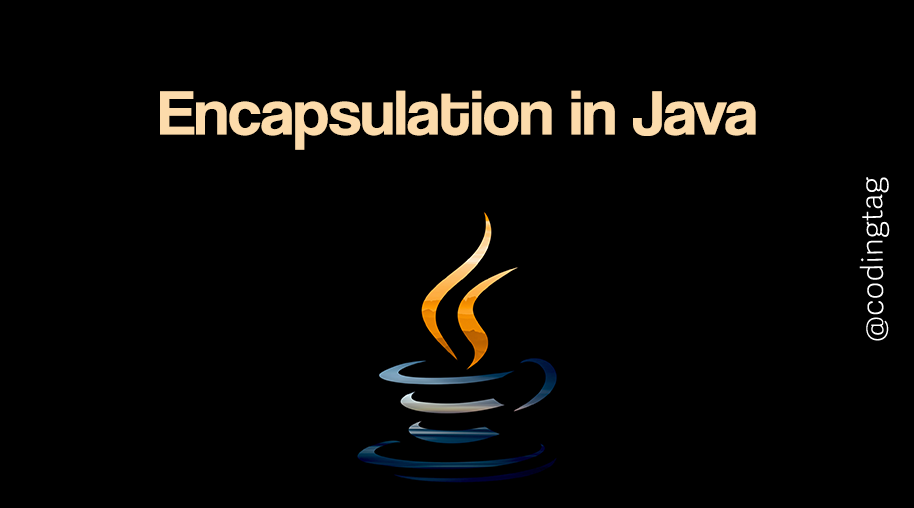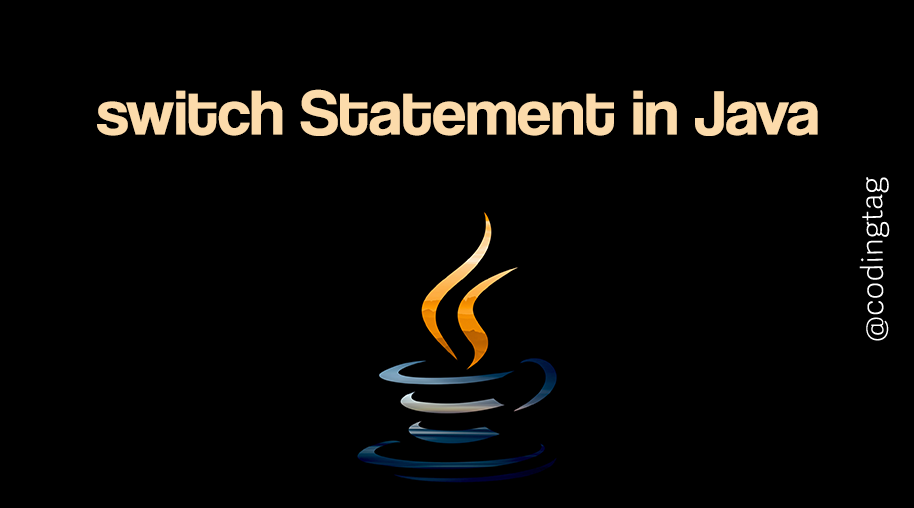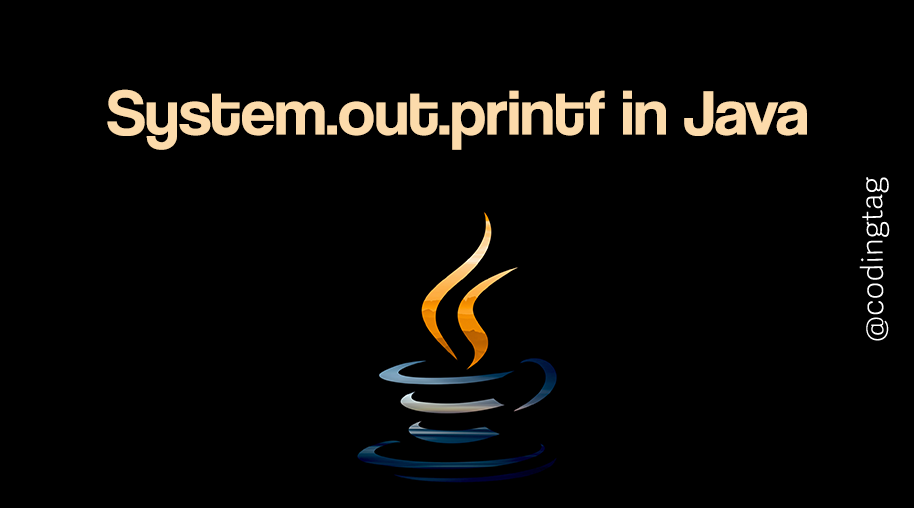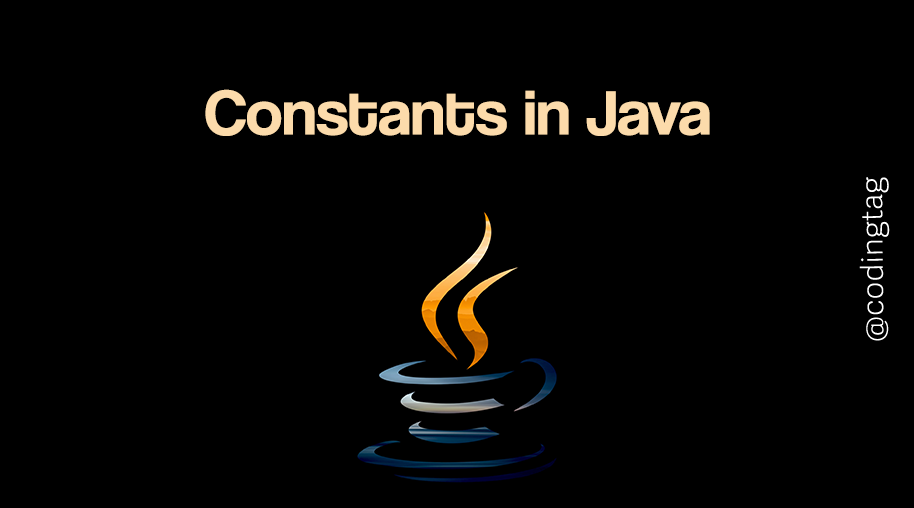Networking in Java
0 618
🌐 Introduction to Networking in Java
Networking in Java allows developers to create applications that communicate over networks, including the internet and local networks. Java provides a rich set of APIs that make it easier to build client-server applications, transfer data, and handle communication protocols such as TCP/IP and UDP.
🔌 Key Components of Java Networking
Java's networking package java.net offers several core classes and interfaces:
- Socket: Represents a client socket that can connect to a server.
- ServerSocket: Listens for incoming client connections.
- DatagramSocket: Used for connectionless UDP communication.
- InetAddress: Represents an IP address.
- URL and URLConnection: Used for handling resources on the web.
🛠️ Creating a Simple TCP Client and Server
Let's see how to create a basic client-server communication using TCP sockets.
Server Code Example
import java.net.ServerSocket;
import java.net.Socket;
import java.io.BufferedReader;
import java.io.InputStreamReader;
public class SimpleServer {
public static void main(String[] args) throws Exception {
ServerSocket server = new ServerSocket(5000);
System.out.println("Server started, waiting for clients...");
Socket client = server.accept();
System.out.println("Client connected.");
BufferedReader in = new BufferedReader(new InputStreamReader(client.getInputStream()));
String message = in.readLine();
System.out.println("Received: " + message);
in.close();
client.close();
server.close();
}
}
Client Code Example
import java.net.Socket;
import java.io.PrintWriter;
public class SimpleClient {
public static void main(String[] args) throws Exception {
Socket socket = new Socket("localhost", 5000);
PrintWriter out = new PrintWriter(socket.getOutputStream(), true);
out.println("Hello Server!");
out.close();
socket.close();
}
}
📡 Using UDP with DatagramSocket
UDP is a connectionless protocol suitable for applications that need fast transmission without guaranteed delivery.
Here's a quick example of sending a UDP packet.
UDP Sender Example
import java.net.DatagramPacket;
import java.net.DatagramSocket;
import java.net.InetAddress;
public class UDPSender {
public static void main(String[] args) throws Exception {
DatagramSocket socket = new DatagramSocket();
String message = "Hello UDP!";
byte[] buffer = message.getBytes();
InetAddress receiverAddress = InetAddress.getByName("localhost");
DatagramPacket packet = new DatagramPacket(buffer, buffer.length, receiverAddress, 6000);
socket.send(packet);
socket.close();
}
}
UDP Receiver Example
import java.net.DatagramPacket;
import java.net.DatagramSocket;
public class UDPReceiver {
public static void main(String[] args) throws Exception {
DatagramSocket socket = new DatagramSocket(6000);
byte[] buffer = new byte[1024];
DatagramPacket packet = new DatagramPacket(buffer, buffer.length);
socket.receive(packet);
String received = new String(packet.getData(), 0, packet.getLength());
System.out.println("Received: " + received);
socket.close();
}
}
🌍 Working with URLs and InetAddress
Java also simplifies accessing web resources and resolving host addresses.
Example: Retrieving Host Information
import java.net.InetAddress;
public class HostInfo {
public static void main(String[] args) throws Exception {
InetAddress address = InetAddress.getByName("www.google.com");
System.out.println("Host Name: " + address.getHostName());
System.out.println("IP Address: " + address.getHostAddress());
}
}
💡 Summary
Java networking provides versatile tools to build everything from simple client-server apps to complex distributed systems. Understanding the core classes like Socket, ServerSocket, DatagramSocket, and InetAddress helps in effectively managing network communications.
Whether using TCP for reliable data transfer or UDP for faster, connectionless messaging, Java's APIs cover a wide range of networking needs.
If you’re passionate about building a successful blogging website, check out this helpful guide at Coding Tag – How to Start a Successful Blog. It offers practical steps and expert tips to kickstart your blogging journey!
For dedicated UPSC exam preparation, we highly recommend visiting www.iasmania.com. It offers well-structured resources, current affairs, and subject-wise notes tailored specifically for aspirants. Start your journey today!

Share:







Comments
Waiting for your comments